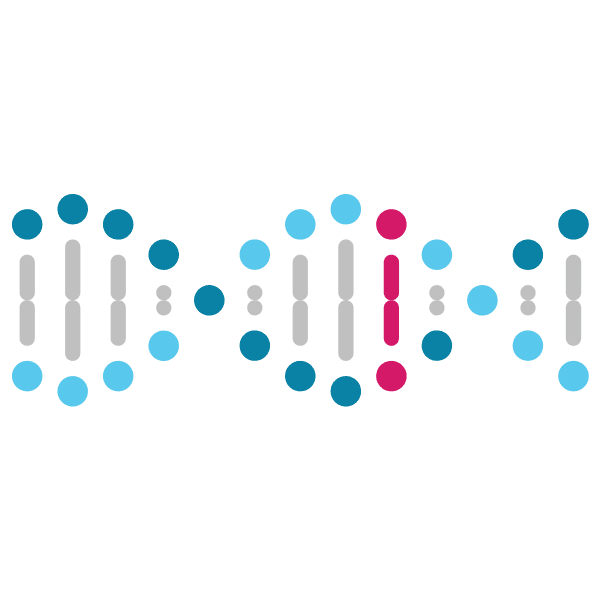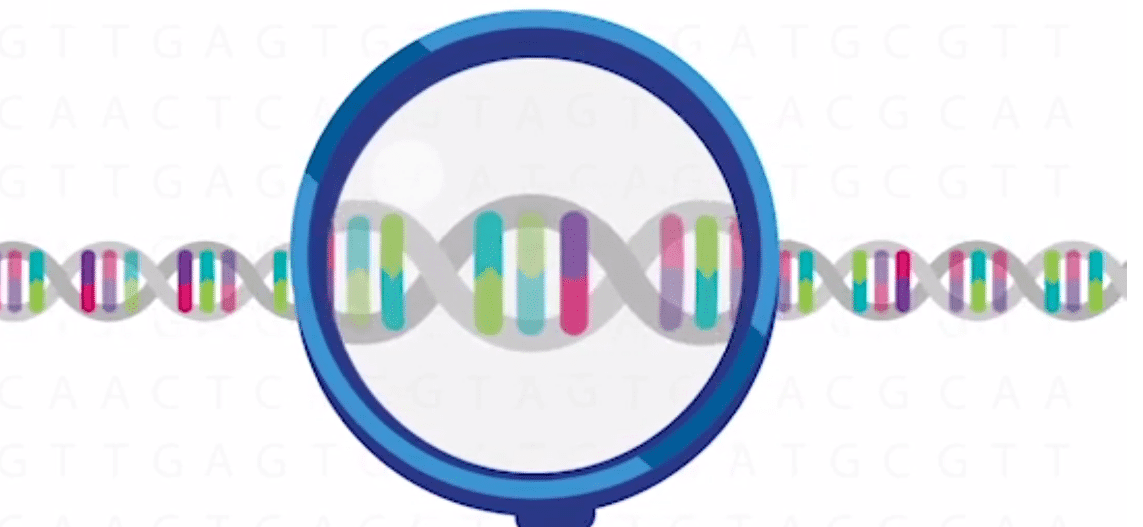If you think mutations are just sinister events that create human flies and gigantic man-eating ants, you live in a ’50s B-movie. Though they sometimes cause significant problems for the organisms who acquire or inherit them, mutations are actually the engine of evolution. Without them, life as we know it could not exist.
In this week’s installment of “The Wild Side,” her weekly column in the New York Times, evolutionary biologist Olivia Judson explains that there are many kinds of mutations. Some affect the parts of genes that encode proteins, the molecules that do most of the work in a biological organism. By changing the structure of these functional molecules, these mutations can dramatically affect an organism’s appearance, metabolism, or behavior. Mutations in the protein-coding region of the MC1R gene, for example, influence skin, hair, coat, and feather color in humans, mice, and birds.
Other mutations affect genome regions that determine where, when or how much of a protein is produced. These regulatory mutations can cause effects just as dramatic as the functional ones that alter protein structures. For example, a mutation in a genetic switch that controls the LCT gene allows many people — usually those from cultures where raw milk is a regular part of the diet — to digest the milk sugar lactose as adults. Until relatively recently in human (pre)history, that gene was always turned off after infancy. In most of the world’s people, it still is today.
It will take decades of research to understand how these regulatory mutations influence our biology; Judson guesses they play a major role in differentiating us from other species. And closer to the mission of 23andMe, they probably play a big role in differentiating us from one another as well.
So next time you hear the word “mutation,” don’t think of three-eyed fire-breathing lizard men — think of yourself.
Illustration by Derek Grime/istockphoto.


